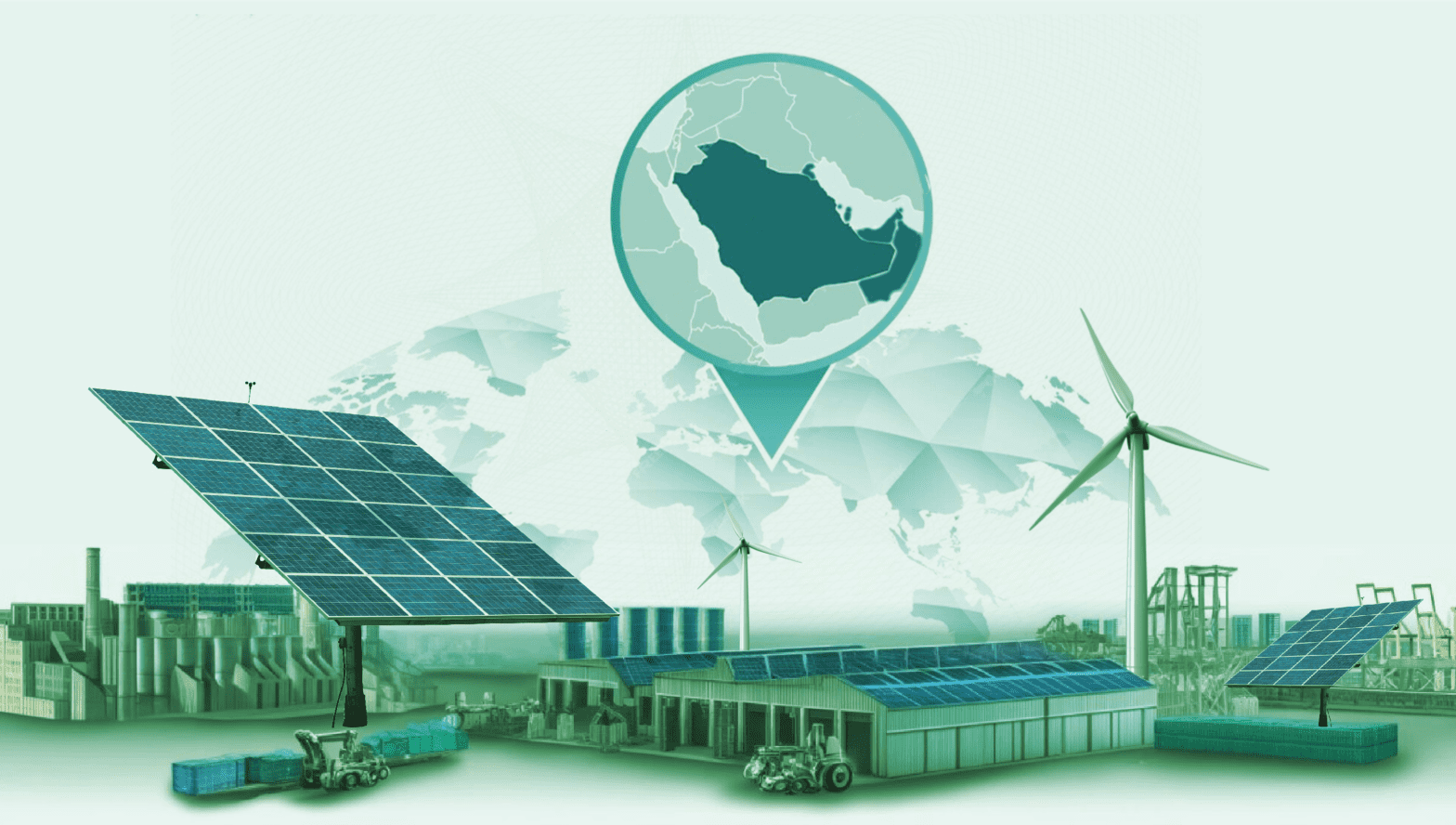1. Introduction
Climate risk is one of the most pressing challenges of the 21st century, with far-reaching impacts on economic growth, health, social stability, and environmental sustainability. With rising global temperatures, frequent extreme weather events, and depleted natural resources at an alarming rate, the negative impact of climate change threatens to undo decades of human development progress (Fletcher et al., 2024;
Ma et al., 2025). The Human Development Index (HDI), one of the most widely used measures of development, summarizes three fundamental dimensions: health, education, and wealth (Nations U, 2024). These dimensions are vulnerable to global climate shocks, making it imperative to investigate how climate change impacts the HDI. In this context, HDI plays a significant role in human development policy, serving as one of the primary instruments used to evaluate human well-being across nations. It does not explicitly account for the environmental risks that influence development outcomes. Increasing global temperatures, frequent natural disasters, and deteriorating air quality directly undermine health conditions. Additionally, increasing global temperatures and changing climate patterns lead to disease outbreaks, increased pressure on healthcare systems, and a higher number of deaths from heatwaves, malnutrition, and pollution-related illnesses (
Frasch et al., 2025;
Wang et al., 2025a). Such health challenges disproportionately affect vulnerable populations, particularly in developing countries, by exacerbating disparities in access to healthcare and the quality of medical services. At the same time, climate-induced shocks to agriculture and labor market participation threaten economic stability; moreover, the loss of access to education due to climate displacement and extreme weather events compounds inequality (Chen et al., 2024a;
Zhao et al., 2024). Considering the influence of HDI in global policymaking, HDI should be closely evaluated when climate variability alters the pathways of human development progress.This analysis is rooted in several interrelated theoretical frameworks that illuminate the impact of climate risk on human development. First, the Human Development Theory, as articulated by the United Nations Development Programme (UNDP, 1990), is developed not around income growth but rather as the creation of greater freedoms and capabilities for people to lead healthy and better lives through education and measurement, facilitating better policy advocacy. This conceptualization forms the basis for the HDI, as it highlights the quality of life, as opposed to solely focusing on economic aggregates (
Sen, 1999). Second, the Vulnerability–Resilience Framework (
Turner et al., 2003;
Adger, 2006) in the climate change literature also posits that human development outcomes are contingent not only on the extent of exposure to climate-related shocks (e.g., temperature extremes, water scarcity, and air pollution) and the institutional capacity to ameliorate their deleterious impacts. Third, by revisiting Ecological Economics Theory (Daly and Farley, 2011;
Costanza et al., 1997), our research acknowledges that economic growth has to be measured within the limits of ecology. Ongoing climate risks, including extreme heat, drought, and pollution, erode the biophysical basis of development, particularly in environmentally stressed and resource-intensive areas. The GCC's exposure to carbon intensity also underscores the challenge posed by the tension between growth models and sustainability. Fourth, the Capabilities Approach proposed by
Nussbaum (2001) offers a normative framework for understanding how climate change limits individuals' freedom and opportunities by impinging on access to health, education, and a decent standard of living. Ultimately, this study is motivated by the pressing societal need to bridge the silos between environmental and socio-economic research (Ikram et al., 2023;
Ulucak and Erdogan, 2022;
Radulescu et al., 2025). Economic development models usually focus on growth and industrialization, frequently overlooking the ecological constraints that limit long-term prosperity (
Nordhaus, 2019).
Based on the above background, the primary objective of this study is to assess how climate risk influences human development, considering the roles of particulate matter (PM2.5) air pollution and Information and Communication Technology (ICT) in the Gulf Cooperation Council (GCC). Moreover, this research employs the innovative panel Time-Varying Interactive Fixed Effect (TV-IFE) model, which captures smooth structural changes and accounts for the methodological features of the CSD absent in first- and second-generation panel data models. By combining this novel technique with the context of climate-fragile, resource-intensive GCC economies, the study provides new insights into the temporal evolution of climate impacts on development outcomes. This choice focuses on the GCC countries (Qatar, Saudi Arabia, the United Arab Emirates, Oman, Kuwait, and Bahrain), which exhibit economies highly exposed to climate-related risks, including extreme temperatures, water scarcity, desertification, and air pollution, making them particularly vulnerable to environmental shocks. However, despite high levels of HDI, the rising frequency of climatic change threatens sustainable development. For example, temperatures in the GCC have increased at a staggering rate, with average summer temperatures exceeding 45 °C (113 °F) in many areas, and future projections indicate they could exceed 50 °C (122 °F) by the end of the century (Anwer, 2023). Such extreme heat heightens the risk of heat strokes and cardiovascular diseases. It also decreases labor productivity, especially in outdoor sectors such as construction and oil extraction, which are critical to the region's GDP (
Curtis, 2009). The problem is exacerbated by water scarcity. Countries such as Saudi Arabia, the UAE, and Kuwait, which experience annual precipitation below 100 mm, heavily rely on desalination, an expensive and energy-intensive process (
Fia et al., 2024;
Moossa et al., 2022). Raising climate risk increases evaporation rates, adding pressure to already limited freshwater supplies. This, in turn, impacts food security, public health, and urban sustainability (Saboori et al., 2023).
Another rising concern is deteriorating air quality. The impact of desertification and unsustainable land use has led to more frequent sandstorms, resulting in higher concentrations of particulate matter (PM2.5). Studies have linked poor-quality air to an increase in asthma, lung infections, and other lung diseases, particularly in cities like Riyadh and Doha. It also impacts education. As heatwaves increase, school closures multiply, and students struggle to concentrate in extreme heat, even in air-conditioned settings (
Khan et al., 2022).
In response, GCC governments have adopted bold climate adaptation measures, promoting renewable energy, green finance, and other environmental policies to mitigate climate-related risks. For instance, the Saudi Arabia Vision 2030 and the United Arab Emirates Net Zero 2050 strategy have a strong commitment toward sustainable growth (e.g., the Saudi Green Initiative plans to meet 50 % renewable energy by 2030, and the UAE Energy Strategy 2050 aims at 44 % clean energy by the middle of the century (UNO, 2021). However, for these gains to last, human development must be more fully aligned with sustainable and climate-resilient economic progress. Investing in climate-resilient infrastructure is paramount; Dubai's $163 billion Clean Energy Strategy focuses on solar parks and desalination projects. Saudi Arabia's Red Sea Project aims to develop a carbon-neutral, revenue-generating tourism sector (Administration, 2024). Qatar's Lusail Smart City is a $45 billion development that emphasizes renewable energy, AI-based urban planning, and water-efficient technologies to create a sustainable and resilient urban habitat (
Griggs, 2022). Investing equally in more substantial healthcare and education systems is essential, given that climate change worsens heat-related illnesses, such as heat stroke and water scarcity issues. In the UAE, the Ministry of Health and Prevention has launched initiatives to strengthen public health resilience. At the same time, Bahrain and Oman have also promoted climate risk awareness by embedding climate risk management into their education curricula to raise awareness among future generations. Furthermore, investing in sustainable industries can contribute to economic diversification and mitigate climate risks. This is evident in the UAE's $100 billion green industrial fund, which aims to stimulate investment in sectors such as renewable hydrogen and sustainable manufacturing. Additionally, Saudi Arabia's $500 billion NEOM city project emphasizes zero-carbon urban development through AI and innovative technologies (The Organisation for Economic Co-operation and Development, 2024).
Our study makes the following contributions to the literature. Firstly, this study makes a meaningful advancement over previous studies by analyzing the impact of climate risk on an all-encompassing HDI, whereas prior investigations have primarily focused on individual components of HDI, such as the consequences of climate change for health (
Hamilton, 2011;
Taylor et al., 2016), education (
Hamilton, 2011), and income distribution (
Taylor et al., 2016;
Rezai et al., 2018). As the first GCC-relevant study of its kind, this work provides a key point of reference to support global action in understanding and optimizing climate risk management.
Secondly, the study by X.
Wang et al. (2025b) on time-varying panel data models with interactive fixed effects (IFE) represents a significant methodological innovation. Unlike first- and second-generation panel data models, which impose the assumption of time-invariance and fixed effects, this technique evolves smoothly over time in this framework, making the approach highly relevant to the dynamic analysis of impacts. By contrast, Wang et al. (2025b) employs a bias-corrected local least squares estimator, which facilitates more accurate estimation of time-varying relationships —a crucial step toward disentangling how patterns of climate adaptation and economic transformation drive heterogeneous human development trajectories over time. In addition, one of the main limitations of prior panel techniques is the assumption of independence between countries (Cross-Sectional Dependence (CSD)). This model bridges the gap by allowing for standard regional shocks, such as rising temperatures, water shortages, and climate policy changes, that affect multiple countries but with varying intensities. Moreover, the existing literature assumes critical structural changes, such as abrupt policy shifts, despite acknowledging that economic and environmental changes are typically gradual processes. The time-varying panel model, which enables smooth structural changes, renders it more suitable than the present approach for studying long-term trends in climate-related human development challenges. Lastly, this new model enhances the precision of existing quantitative research in the streaming literature and provides a flexible framework for future inquiries that examine the dynamics linking variables rather than relying on first- and second-panel generations.
Thirdly, this study plays a substantial role in addressing four UN Sustainable Development Goals (SDGs) related to climate risk issues, providing a holistic assessment context that aligns with global efforts for sustainable development. This research contributes to international initiatives aimed at realizing the Sustainable Development Goals (SDGs), particularly in poverty alleviation, education, and climate action, informing strategies and future development of inclusiveness and sustainability.
This study is structured as follows: Section
2 describes the methods used for the data collection. Section
3 describes the empirical results. Lastly, Section
4 presents conclusions and policy implications.
2. Literature review
Extensive studies have investigated the impact of HDI on climate risk, highlighting its contribution to sustainability (Mbiankeu Nguea et al., 2024;
Opoku et al., 2022;
Çakar et al., 2021). Some research suggests that a higher HDI is associated with greater industrialization, increased energy consumption, and higher greenhouse gas emissions, which contribute to the acceleration of climate change (Rahman et al., 2021;
Nuta et al., 2025). Conversely, some studies suggest that advanced economies may be better equipped with environmental policies, green technologies, and mitigation strategies that can help diminish climate vulnerability (Yirong, 2022;
Boujedra and Jebli, 2025). While much research has focused on how HDI affects climate change, there have been relatively few studies examining the feedback effect of climate risk on HDI. The authors (
Elkouk et al., 2022;
Malpede and Percoco, 2024) explored the role of climate-induced stressors, including droughts, temperature changes, and soil aridity, in reducing the values of components of the HDI, such as life expectancy and educational quality. In more detail, drawing on panel data from 2000 to 2020,
Malpede and Percoco (2024) examined the impact of rising temperatures, precipitation, and desertification on human development in 1564 regions worldwide. Using spatial econometric techniques, they show that temperature and soil aridity increases are negatively correlated with life expectancy and education as components of the HDI. They conclude that the damaging impacts of high evaporation on HDI are markedly more substantial in areas with low adaptive capacity, particularly in low-income regions.
Elkouk et al. (2022) examined human development and global drought risk, with a focus on socio-economic inequality. Using climate change scenarios through 2050, the funding shows that high-emission scenarios increase vulnerability by 81 % in Sub-Saharan Africa and Southeast Asia.
Yilanci et al. (2023) provide us with a fascinating study of economic development, urbanization, and human capital in the context of environmental sustainability, focusing on forest resource management in Turkey. Their results suggest that the adverse effects of wealth and urbanization on environmental quality can be partially mitigated by human capital through increased awareness and the adoption of sustainable behaviors. While their analysis, however, focuses on forest sustainability rather than human development directly, the underlying processes, such as the importance of education and structural features, are nonetheless germane to how countries might shore up their resilience to climate risks. This highlights the importance of considering multiple dimensions, such as the HDI, in the context of broader socio-economic and environmental factors. Baloch et al. (Baloch and Danish, 2022) studied the nexus between pollution and human development in developing economies. They employ state-of-the-art panel econometric methodologies to assess the role of environmental pressures, including CO
2 emissions, energy consumption, and ecological footprint, on human development. The findings suggest a strong and significant negative relationship between HDI and environmental degradation, indicating that the declining quality of the environment contributes to lower levels of education, life expectancy, and economic potential. The authors contend that these processes are magnified, particularly in countries with weak institutional structures and inadequate environmental governance. Previous research has also explored the health risks associated with climate change, focusing on the effects of climate change on disease burden. Bray et al. (2012) identified global cancer transitions and the influence of climate-related socio-economic transitions using epidemiological projections and demographic modeling from 2008 to 2030. They found that increased rates of non-communicable diseases stem from rising temperatures and pollution and particularly hit populations in low- and middle-income countries, where healthcare access is restricted. Van den Bergh and Botzen (
van den Bergh and Botzen, 2018) argue that GDP-focused climate policies overlook the long-term social welfare losses associated with climate risk, and they therefore, propose the HDI as a more suitable welfare proxy for assessing climate policies. Likewise,
Hickel (2020) presents the SDI, an ecologically sustainable alternative to Human Development from 2000 to 2019.
5. Conclusion
This paper examines the impact of climate change on the HDI in the GCC nations. The results contribute to understanding the role of climate change on human well-being, indicating that climate has increased over time. The findings also indicate that economic growth, governance, and ICT development are key drivers of HDI; neglecting climate-related dimensions can eventually counteract human development progress. The findings indicate that inflation has a detrimental impact on the HDI, and that governance quality and technological innovation are crucial for sustaining progress. As climate challenges intensify, GCC governments must integrate climate adaptation policies into their broader, long-term human development strategies to prevent potential disruptions. There is a need to strengthen climate resilience policies by investing in green infrastructure and renewable energy. Climate-smart cities and energy-efficient projects can help mitigate the adverse impacts of rising temperatures on public health and economic productivity. Moreover, climate risk assessments must be conducted within established governance frameworks to integrate climate risks into national policies effectively. Due to the significant positive impact of ICT on the HDI, policymakers need to prioritize digital affordability and accessibility, particularly in rural or underdeveloped areas. At the same time, ICT should be utilized for climate monitoring, early warning systems, telemedicine, and digital education to achieve co-benefits in development and resilience. GCC countries need stronger emissions standards for transport and industry, as well as cleaner public transportation and nature-based solutions, such as urban greening, to reduce exposure to particulate matter. There is a need for country-level interventions to incorporate these findings. Measuring against climate-resilient development, Saudi Arabia will need to integrate Vision 2030 and NEOM, as well as strengthen service delivery in areas affected by heat.
The UAE needs to integrate its
Net Zero 2050 vision with inclusive digital health and education initiatives through smart city expansion and the control of PM2.5 emissions. Qatar should prioritize heat-resilient infrastructure and innovative healthcare in urban centers such as Lusail. To reduce rural vulnerability, Oman must enhance its local governance capacity, climate monitoring, and climate literacy. Bahrain will need to focus on mitigating inflation and reducing pollution through green subsidies and promoting clean transportation. It will have to leverage the potential of ICT to enhance service equity. Kuwait will need to invest its wealth of oil revenues in climate-adapted education and health systems and transform public governance to build resilience. Throughout the GCC, connecting national visions with adaptive, inclusive, and climate-sensitive HDI options is crucial for preserving future development amid growing climate pressures.
This study has some limitations. First, due to the availability of data, the analysis was limited to six GCC countries from 2005 to 2024, and the generalizability of these findings to other contexts and time scales may be compromised. Second, some variables, such as climate
finance, demographic structure, institutional capacity, and migration flows, each of which potentially exerts a profound impact on human development, were not examined due to a lack of data. Third, reliance on integrated national-level indices, such as the Human Development Index, may obscure significant subnational differences in exposure, vulnerability, and adaptive capacity. Future research should fill these gaps by utilizing more disaggregated data, a broader selection of independent variables, and comparative analyses of GCC and non-GCC countries, advancing the overall understanding of the relationship between climate and development.
CRediT authorship contribution statement
Alanoud Al-Maadid: Writing – review & editing, Writing – original draft, Validation, Software, Data curation, Conceptualization.
Mohamed Sami Ben Ali: Writing – review & editing, Writing – original draft, Validation, Supervision, Methodology, Formal analysis, Data curation, Conceptualization.
Kamel Si Mohammed: Writing – review & editing, Writing – original draft, Visualization, Validation.








